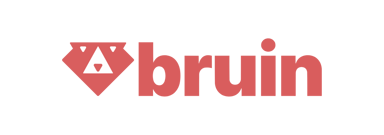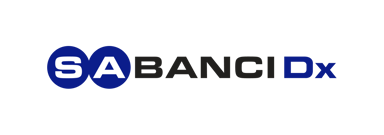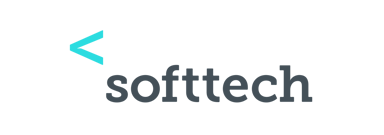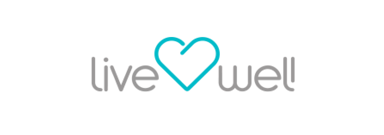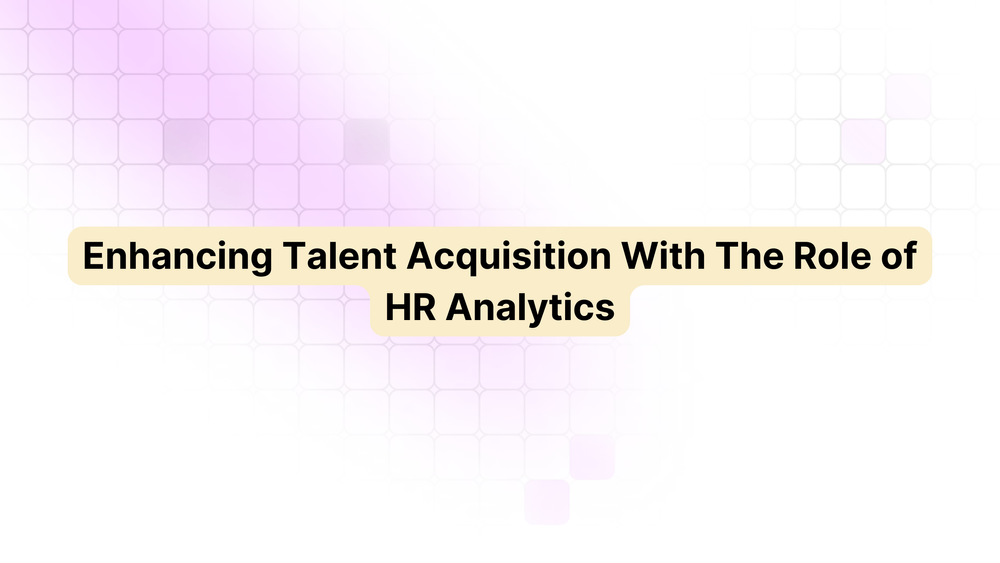
The Role of HR Analytics in Talent Acquisition
Businesses today operate in a tough talent market and, therefore, have to harness every possible resource to find and retain top talent.
There is possibly no stronger tool in doing this today than the use of HR analytics, which enables HR professionals to make effective strategies during the recruitment process to enhance their talent acquisition process and eventually make better decisions about hiring.
This article descends into the role of HR analytics in talent acquisition, laying down insights into best practices, case studies, training, and future trends. 📚🔍
Using Data to Enhance Recruitment Strategies
HR analytics is the source of information that is derived from data in the organization pertaining to human resources and used in organizational decision-making for improved organizational performance. 🚀
Human resources analytics holds the potential to offer a game-changing impact when it comes to recruitment. Here's how :
Identifying Talent Gaps 🔍
One of the key uses of HR analytics is, for example, in identifying talent gaps within an organization.
With the use of current workforce data, HR professionals are expected to identify at what point needed skills are lacking and predict possible needs now that they are also armed with information about company growth or industry trends.
Such an approach is more proactive and suggests focused and efficient recruitment.
Streamlining Candidate Sourcing 🌐
HR analytics can even be used to source the best candidates.
Analyzing data about agencies and other sourcing ventures throws light upon which sourcing proves beneficial for the organization in terms of producing candidates of great value.
It will also enable companies to allot their resources more effectively and invest more in the channels through which high-quality candidates are drawn, while disinvesting or investing less in those of lower effectiveness.
Enhancing Candidate Experience 😊
What really attracts top talent is a pleasant candidate experience. In that respect, HR analytics helps to enhance the experience by identifying bottlenecks in the recruitment cycle.
This could be a longer response time or a tedious procedure to even submit an application.
The reduction and elimination of these hassles could symbolize finally having a single track of experience inviting top-tier talent on board.
How HR Analytics Improve Talent Acquisition

HR analytics brings a number of advantages that help a lot in the process of enhancing talent acquisition. Below, some of its main benefits:
Data-Driven Decision Making
Above all other things, probably the most important benefit brought about by HR analytics is data-driven decision-making.
Instead of relying on instincts or word of mouth, information will now be directing the show for professionals in HR planning the strategies.
This would again result in more objective and informed decisions that are likely to bring better results.
Predictive Analytics
HR analytics can apply predictive analytics to arrive at future hiring needs and trends.
Analyzing past data, and label different patterns, enables HR to predict in advance a list of roles likely to be required and their time-frame.
That enables strategic preparation to ensure organizations are ready all the time to meet their need for talent.
Improved Diversity and Inclusion
The two most pivotal components on which any successful organization is based are diversity and inclusion; therefore, HR analytics will enable organizations to identify biases in the recruitment process and develop measures to surpass such biases.
An attempt at analyzing demographic data and keeping track of the grouping of its initiatives for diversity would assure an approach where the hiring is conducted with due inclusiveness to attract different talent masses.
Leveraging Analytics for Better Hiring Decisions
Leverage the power of HR analytics to the fullest with the right practices and tools and technologies in place. 🛠️
It's important to define clear objectives. What exactly do you want to achieve with your HR analytics missioning?
For example, improving hire quality, reducing time-to-fill, or increasing diversity? These clear objectives will guide the analysis to focus on the most relevant data.
In recruitment, HR analytics are conducted using a number of tools and technologies, including some of the following most prevalent ones:
- Applicant Tracking Systems (ATS): These are linked to the recruitment function and help in the process of tracking candidates through the stages of hiring. Most of the ATSs today come with features for analytics, which can be an important use for the HR practitioners in analyzing recruitment data. You can also check out our article titled Streamlining Your Recruitment with an Applicant Tracking System to learn more about ATS!
- HR Information Systems (HRIS): These systems collect and store data related to employees, such as performance reviews, training records, and demographic information. HRIS platforms often include analytics tools to help HR professionals make sense of this data. .
- Business Intelligence (BI) Tools: BI tools like Tableau, Power BI, and Qlik Sense can help HR professionals visualize and analyze data from multiple sources. These tools offer powerful data visualization capabilities, making it easier to identify patterns and trends.
- Predictive Analytics Tools: Predictive analytics applications pertaining to business, as explained by IBM Watson, SAP SuccessFactors, and Oracle HCM Cloud, offer certain tools. The tools incorporate certain levels of future recruitment and attrition on the basis of the analysis conducted.
In conclusion, HR analytics plays a vital role in enhancing talent acquisition strategies by providing data-driven insights that lead to better hiring decisions. 🎯
Incorporated within HR best practices, new tools and technologies, of course, aimed at the constancy of upgrading, allow professionals: with these solutions, their recruitment processes tend to be swift and appear to be very effective.
When it comes to maintaining a competitive edge in talent acquisition, investment in training and development about the future will be critical as the field of HR analytics continues to evolve. 🌐
Too many applicants to assess accurately? Hirex uses AI to help you quickly identify and focus on the best candidates, making your selection process faster.
Get a demo
- Quickly find top candidates with smart application management
- Improve team collaboration using built-in communication and workflows
- Offer a smooth candidate experience to strengthen your employer brand
- Count on 24/7 support for a hassle-free hiring process
- Quickly find top candidates with smart application management
- Improve team collaboration using built-in communication and workflows
- Offer a smooth candidate experience to strengthen your employer brand
- Count on 24/7 support for a hassle-free hiring process
"We truly felt the speed difference. Everything was smoother, and candidate feedback was much more positive. It made our jobs easier."

Trusted by 100+ teams
Suggested Blog Posts

40+ Employee Wellness Statistics

12 Employee Engagement Statistics to Track in 2026


